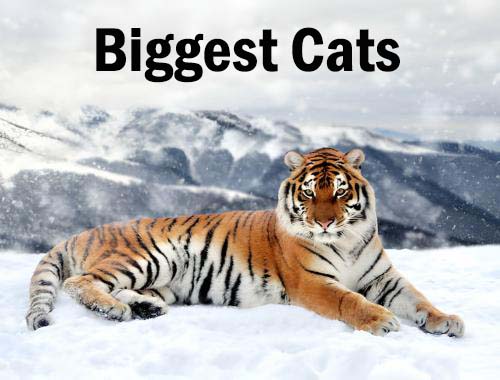Top 10 Biggest Cats in the World
I didn't anticipate the difficulty of compiling a list of the top ten largest cats in the world when I started this project. That's because there's no conclusive response. The size of cats varies greatly within members of the same species, as well as between sexes, across different regions of their range, and among subspecies.
I made the decision to exclude artificial hybrids and obese captive zoo animals from my list of the biggest cats (yes, there is a 922-pound lion/tiger hybrid known as a "liger"). Based on the Cat Specialist Group's listing of the upper end of the wild weight range—one of the foremost authorities on wild cat species and their conservation—I decided to rank them according to weight.
10 Biggest cats in the world
-
Siberian Tiger (Panthera tigris altaica)
-
Bengal Tiger (Panthera tigris tigris)
-
Lion (Panthera Leo)
-
Jaguar (Panthera onca)
-
Cougar/Mountain Lion (Puma concolor)
-
Tiger (Panthera Tigris)
-
Liger (Hybrid cross between male lion and female tiger)
-
Tigon (Hybrid cross between male tiger and female lion)
-
Leopard (Panthera pardus)
-
Cheetah (Acinonyx jubatus)
-
Siberian Tiger (Panthera tigris altaica)
The Siberian Tiger is the largest cat species in the world. Adult males can weigh up to 660 pounds (300 kilograms) and measure up to 11 feet (3.3 meters) in length.
Habitat: Found in remote forests of northeastern China, Korea, eastern Mongolia, and the Russian Far East.
Appearance: Pale yellow to reddish-orange fur with black stripes; thick fur helps them survive in cold climates.
Diet: Carnivores, primarily hunting large prey like deer, wild boar, and elk.
Behavior: Solitary animals with their own territories; mostly nocturnal hunters.
-
Bengal Tiger (Panthera tigris tigris)
Bengal Tigers are slightly smaller than Siberian Tigers but are still one of the largest cats. Males can weigh up to 500 pounds (227 kilograms) and measure up to 10 feet (3 meters) in length.
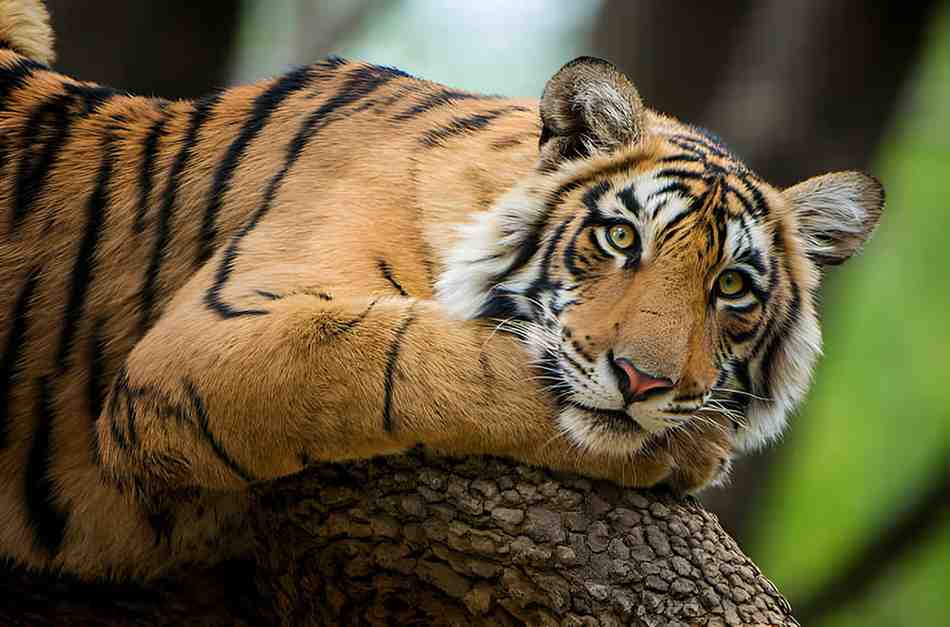
Habitat: Found primarily in India, Bangladesh, Nepal, and Bhutan, inhabiting diverse habitats like forests, grasslands, and mangrove swamps.
Appearance: Distinctive orange coat with black stripes; some individuals may have a lighter or almost white coat, known as "white tigers."
Diet: Carnivores, preying on various animals including deer, wild boar, and occasionally livestock.
Behavior: Solitary animals, marking their territories with scent markings; mostly nocturnal hunters.
-
Lion (Panthera Leo)
Lions are the second-largest cat species. Adult males can weigh up to 550 pounds (250 kilograms) and measure up to 9 feet (2.7 meters) in length.
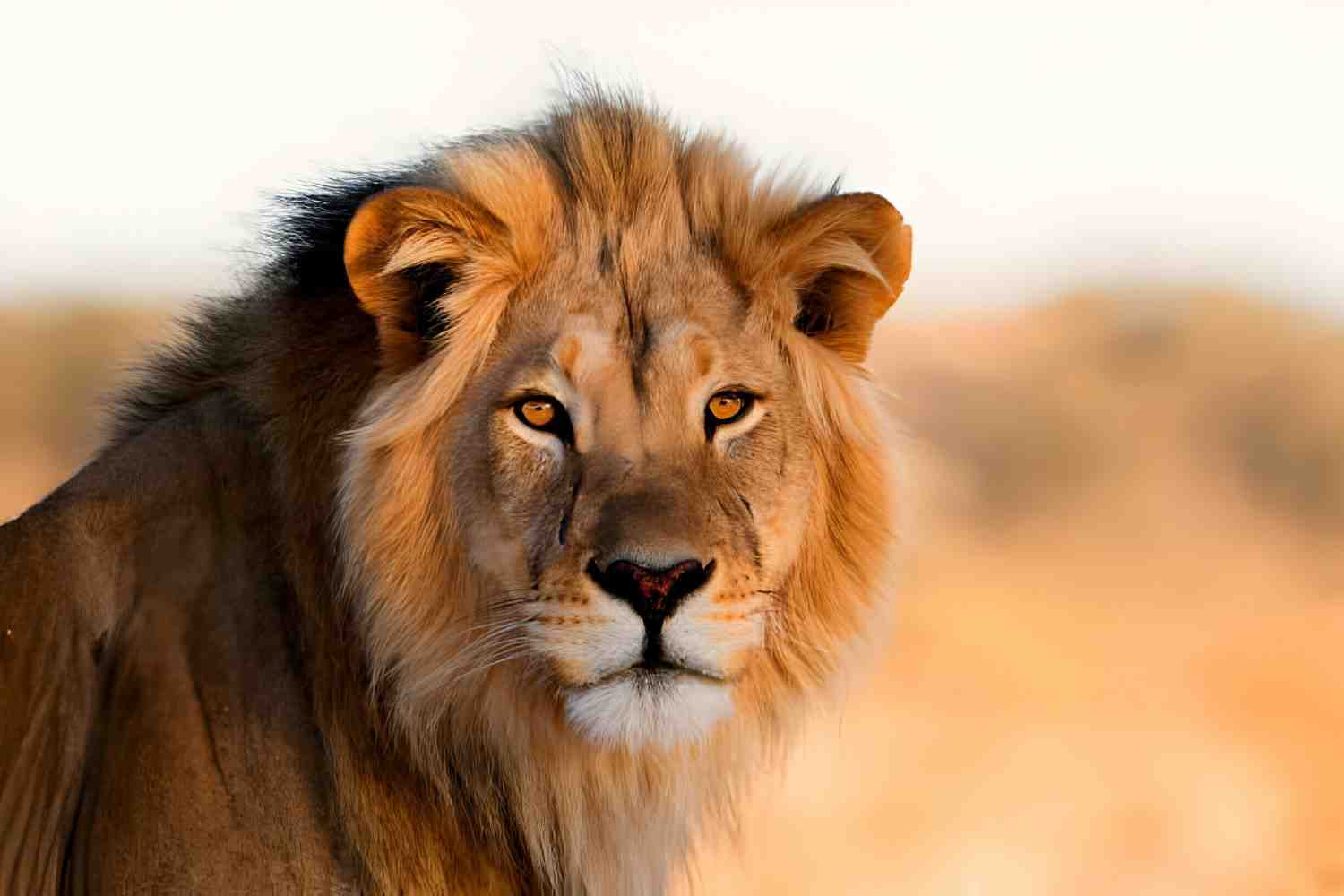
Habitat: Found in grasslands, savannas, and open woodlands of sub-Saharan Africa and a small population in the Gir Forest of India.
Appearance: Tawny-colored fur with a prominent mane around the neck of adult males; females lack a mane and have a sleeker appearance.
Diet: Carnivores, primarily hunting large herbivores like zebras, wildebeest, and buffalo in coordinated groups called prides.
Behavior: Social animals, living in prides consisting of related females and their offspring, with one or more dominant males; males defend the pride's territory.
-
Jaguar (Panthera onca)
Jaguars are the largest cats in the Americas. They are robust and powerful animals. Adult males can weigh up to 250 pounds (113 kilograms) and measure up to 6 feet (1.8 meters) in length.
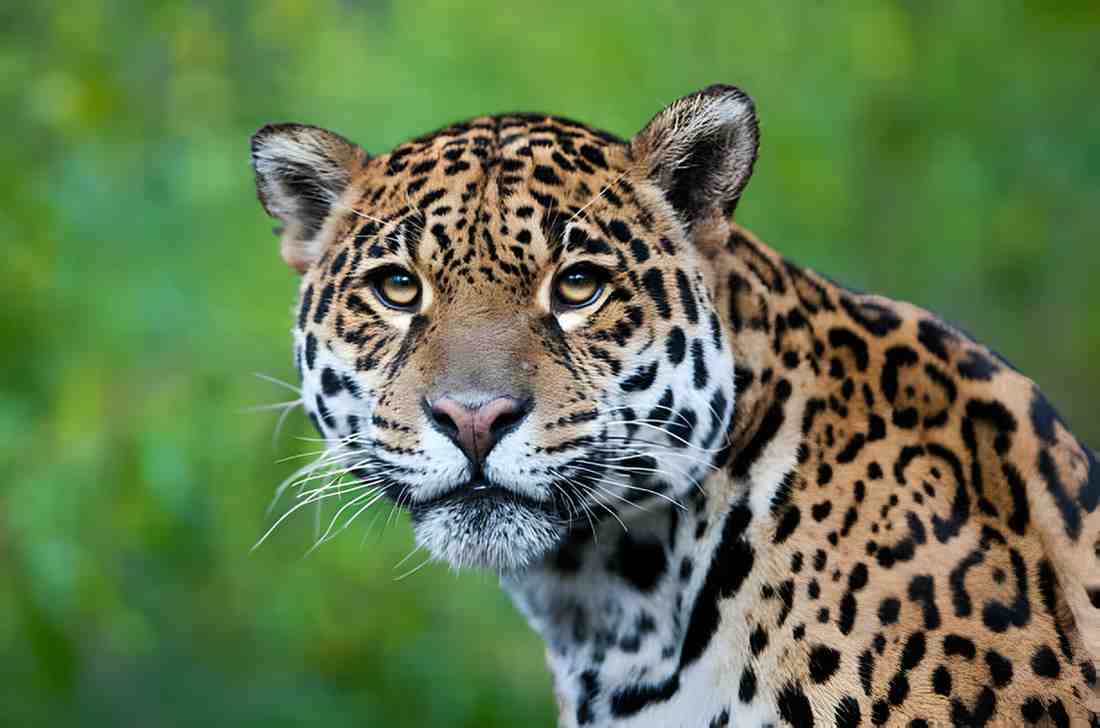
Habitat: Found in various habitats across Central and South America, including rainforests, swamps, and grasslands.
Appearance: Compact and muscular body with a yellowish-orange coat covered in distinct black rosettes; they have a powerful bite.
Diet: Carnivores, preying on a variety of animals including deer, peccaries, and caimans; known for their ability to hunt in water.
Behavior: Solitary and elusive animals, often hunting at night; excellent swimmers and climbers
-
Cougar/Mountain Lion (Puma concolor)
Cougars are large cats native to the Americas. They are agile and powerful predators. Adult males can weigh up to 220 pounds (100 kilograms) and measure up to 8 feet (2.4 meters) in length.
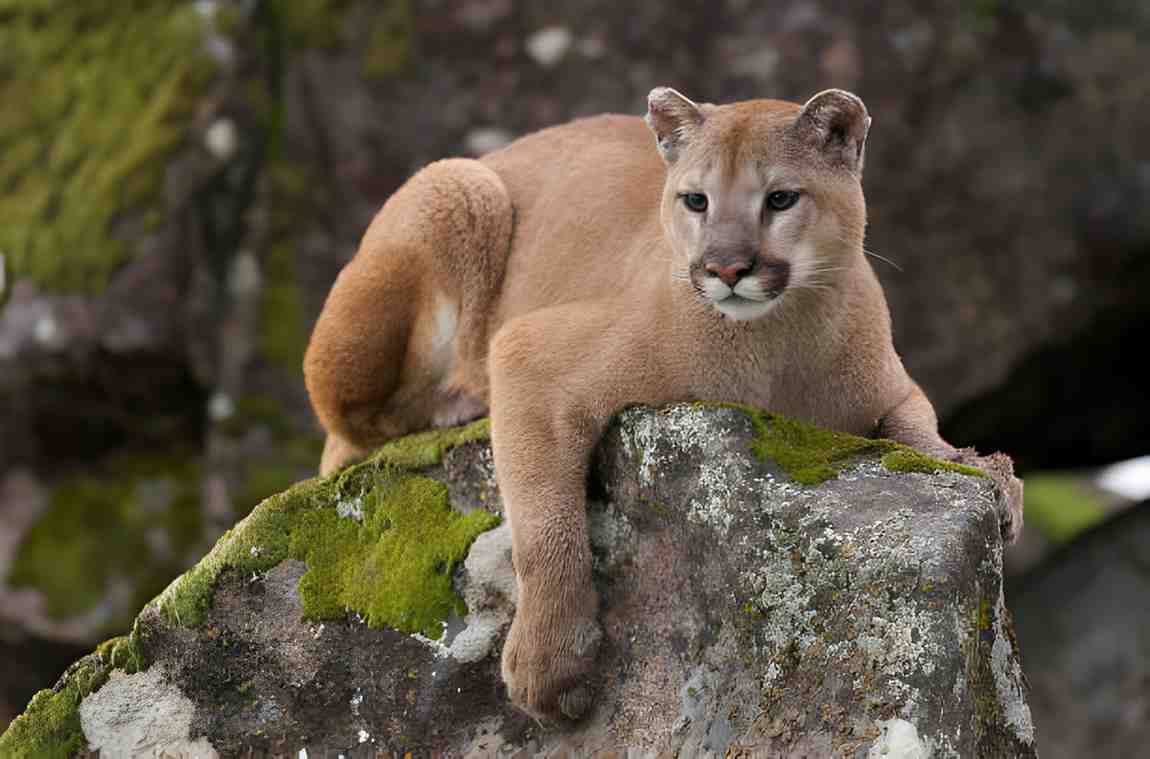
Habitat: Found throughout the Americas, from Canada to South America, inhabiting diverse habitats such as forests, mountains, and deserts.
Appearance: Tawny or grayish coat with minimal markings; they have a sleek and muscular body, with a long tail.
Diet: Carnivores, preying on various animals including deer, elk, and smaller mammals like rabbits and rodents.
Behavior: Solitary and elusive animals, mostly active during dawn and dusk; excellent climbers and jumpers.
-
Tiger (Panthera tigris)
Tigers, in general, are among the largest cats. Besides the Siberian and Bengal Tigers mentioned earlier, other subspecies such as the Indochinese, Malayan, and Sumatran Tigers are also sizable. Tigers are the largest cat species. Depending on the subspecies, adult males can weigh between 220 to 660 pounds (100 to 300 kilograms) and measure 8 to 11 feet (2.4 to 3.3 meters) in length, including their tail.
Habitat: Tigers are found in various habitats across Asia, including tropical forests, mangrove swamps, and grasslands.
Appearance: Tigers have a distinctive orange coat with black stripes, providing camouflage in their habitat; their fur may vary slightly depending on the subspecies.
Diet: Tigers are carnivores, preying on a variety of animals such as deer, wild boar, and buffalo; they are apex predators in their ecosystems.
Behavior: Tigers are solitary animals, marking their territories with scent markings and vocalizations; they are mostly nocturnal hunters, relying on stealth and strength to ambush prey.
-
Liger
A Liger is a hybrid cross between a male lion and a female tiger. They can grow to be the largest of all big cats. Male ligers can weigh over 900 pounds (408 kilograms) and measure over 10 feet (3 meters) in length.
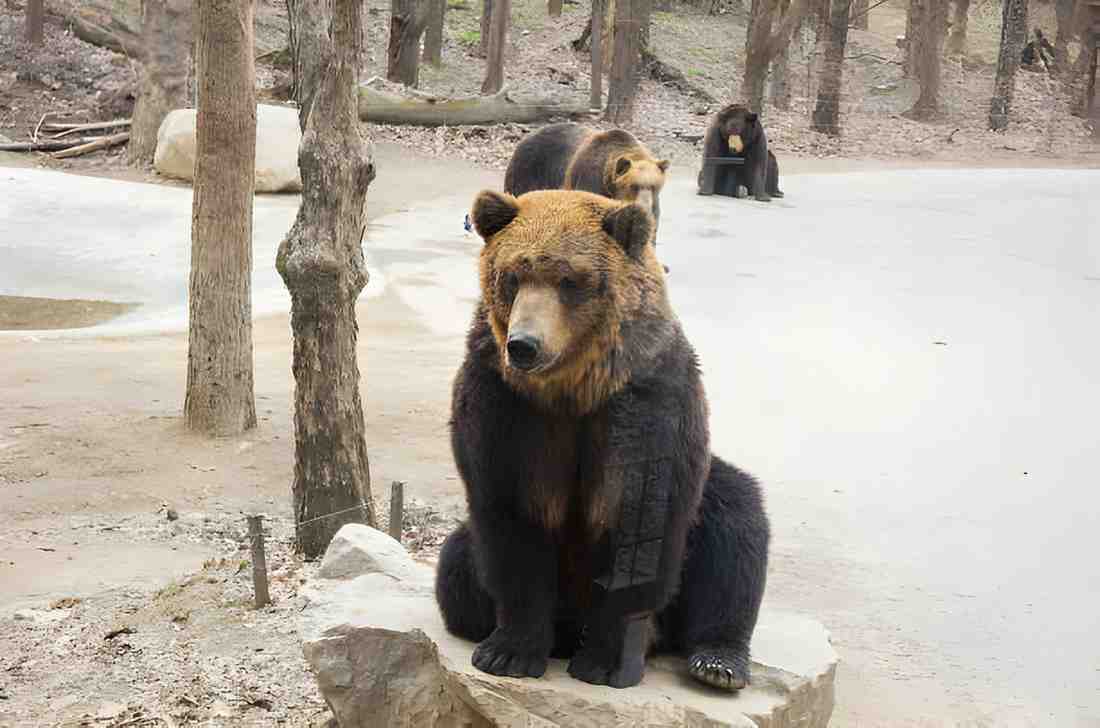
Appearance: Ligers typically inherit features from both parent species. They may have a lion-like mane and tiger-like stripes, but their appearance can vary widely.
Diet: Like their parents, ligers are carnivores and likely have similar dietary preferences, consuming meat from various prey species.
Behavior: Since ligers are hybrids, their behavior can vary, but they may exhibit characteristics of both lions and tigers. However, due to their rarity and the circumstances of their upbringing (often in captivity), their behavior is not well-studied in the wild
-
Tigon
A Tigon is a hybrid cross between a male tiger and a female lion. They are generally smaller than ligers but still large cats.
Appearance: Tigons may inherit physical traits from both parent species, but their appearance can vary widely. They may have characteristics such as a tiger's stripes or a lion's mane, depending on their genetic makeup.
Diet: Like their parents, tigons are carnivores and likely have similar dietary preferences, consuming meat from various prey species.
Behavior: Since tigons are hybrids, their behavior can vary, but they may exhibit characteristics of both tigers and lions. However, due to their rarity and the circumstances of their upbringing (often in captivity), their behavior is not well-studied in the wild.
-
Leopard (Panthera pardus)
Leopards are agile and strong cats. They are not as large as tigers and lions but are still formidable predators. Adult males can weigh up to 200 pounds (90 kilograms) and measure up to 6.25 feet (1.9 meters) in length.
Habitat: Found in various habitats across Africa and Asia, including forests, grasslands, and mountainous regions. They are highly adaptable and can thrive in diverse environments.
Appearance: Leopards have a golden-yellow coat with black rosettes and spots, providing effective camouflage in their habitat. Melanistic individuals, known as "black panthers," have a dark coat due to high levels of melanin.
Diet: Leopards are carnivores, preying on a wide range of animals including antelope, deer, monkeys, and smaller mammals like rodents and birds. They are skilled hunters and ambush their prey.
Behavior: Leopards are solitary and secretive animals, primarily active during dawn and dusk. They are excellent climbers and often hoist their kills into trees to keep them away from scavengers.
-
Cheetah (Acinonyx jubatus)
Cheetahs are known for their incredible speed but are also relatively large cats. Adult males can weigh up to 140 pounds (64 kilograms) and measure up to 4.5 feet (1.4 meters) in length, excluding the tail.
Habitat: Found primarily in sub-Saharan Africa, with a small population in Iran. They inhabit a variety of habitats including grasslands, savannas, and scrub forests.
Appearance: Cheetahs have a slender build with a golden-yellow coat covered in distinctive black spots. They have a small head with black tear-shaped marks running from the inner corner of their eyes down to the sides of their mouth.
Diet: Cheetahs are carnivores, specializing in hunting small to medium-sized prey such as gazelles, impalas, and smaller mammals like hares and birds.
Behavior: Cheetahs are diurnal hunters, relying on their speed and agility to chase down prey. They are the fastest land mammals, capable of reaching speeds up to 60 to 70 miles per hour (97 to 113 kilometers per hour) in short bursts.

